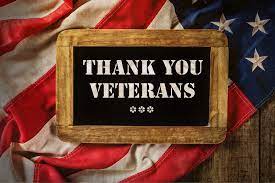Table of Contents
The Proud History of Veterans Day
Taking a break from Thanksgiving we should also be aware of another holiday in November and learn about the history of veterans day. Our nation comes together to celebrate the military members and veterans who have bravely served our country. Many people have family members that have served; others have served themselves. Regardless of their personal stories, all of them believe this is an important day to thank and celebrate those who protect our country, preserve freedom liberty, and justice, promote our goodwill to the world, preserve and promote our values in the world, and protect us from those who wish us illwill in general.
Thanksgiving is a time to give thanks! Be sure to thank and appreciate a Veteran this time of year.
Veterans Day (originally known as Armistice Day) is a federal holiday in the United States observed annually on November 11, for honoring military veterans of the United States Armed Forces (who were discharged under conditions other than dishonorable). It coincides with other holidays including Armistice Day and Remembrance Day which are commemorated in other countries that mark the anniversary of the end of World War I.
Major hostilities of World War I were formally ended at the 11th hour of the 11th day of the 11th month of 1918 when the Armistice with Germany went into effect. At the urging of major U.S. veteran organizations, Armistice Day was renamed Veterans Day in 1954.Veterans Day is distinct from Memorial Day, a U.S. public holiday in May.
Veterans Day commemorated the service of all U.S. veterans, while Memorial Day honors those who have died while in military service. Another military holiday that also occurs in May, Armed Forces Day, honors those currently serving in the U.S. military. Additionally, Women Veterans Day is recognized by a growing number of U.S. states that specifically honor women who have served in the U.S. military.
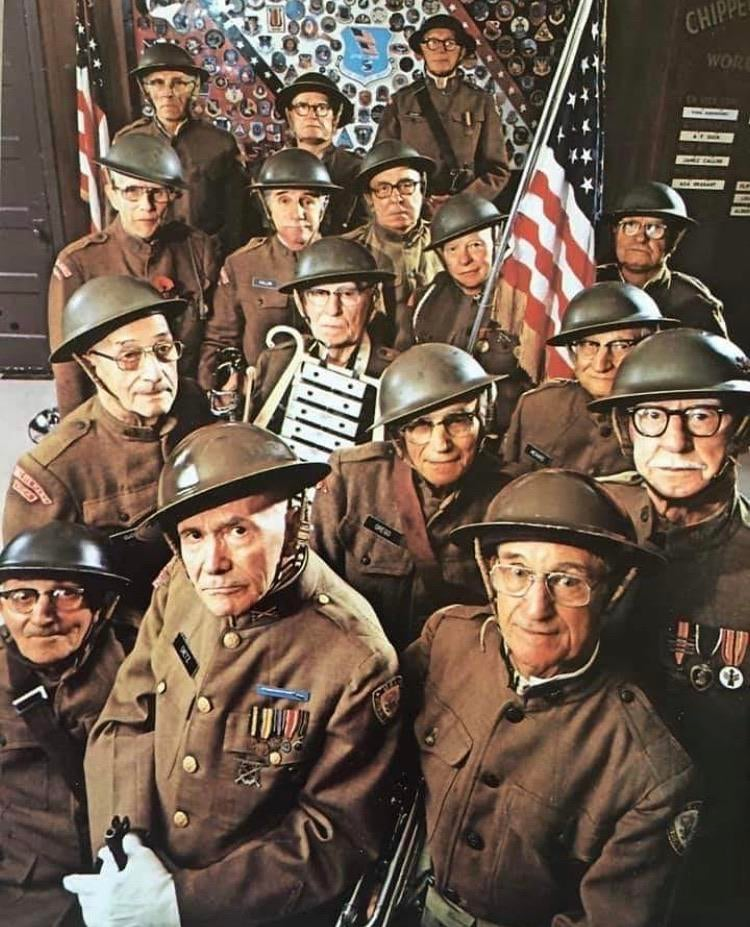
History of Veterans Day – World War 1
On November 11, 1919, President Woodrow Wilson issued a message to his countrymen on the first Armistice Day, in which he expressed what he felt the day meant to Americans:
A year ago today our enemies laid down their arms in accordance with an armistice which rendered them impotent to renew hostilities, and gave to the world an assured opportunity to reconstruct its shattered order and to work out in peace a new and more just set of international relations. The soldiers and people of the European Allies had fought and endured for more than four years to uphold the barrier of civilization against the aggressions of armed force. We ourselves had been in the conflict something more than a year and a half.
With splendid forgetfulness of mere personal concerns, we remodeled our industries, concentrated our financial resources, increased our agricultural output, and assembled a great army, so that at the last our power was a decisive factor in the victory. We were able to bring the vast resources, material and moral, of a great and free people to the assistance of our associates in Europe who had suffered and sacrificed without limit in the cause for which we fought.
Out of this victory there arose new possibilities of political freedom and economic concert. The war showed us the strength of great nations acting together for high purposes, and the victory of arms foretells the enduring conquests which can be made in peace when nations act justly and in furtherance of the common interests of men.
To us in America the reflections of Armistice Day will be filled with solemn pride in the heroism of those who died in the country’s service, and with gratitude for the victory, both because of the thing from which it has freed us and because of the opportunity it has given America to show her sympathy with peace and justice in the councils of nations.
The United States Congress adopted a resolution on June 4, 1926, requesting that President Calvin Coolidge issue annual proclamations calling for the observance of November 11 with appropriate ceremonies. A Congressional Act (52 Stat. 351; 5 U.S. Code, Sec. 87a) approved May 13, 1938, made November 11 in each year a legal holiday: “a day to be dedicated to the cause of world peace and to be thereafter celebrated and known as ‘Armistice Day'”.
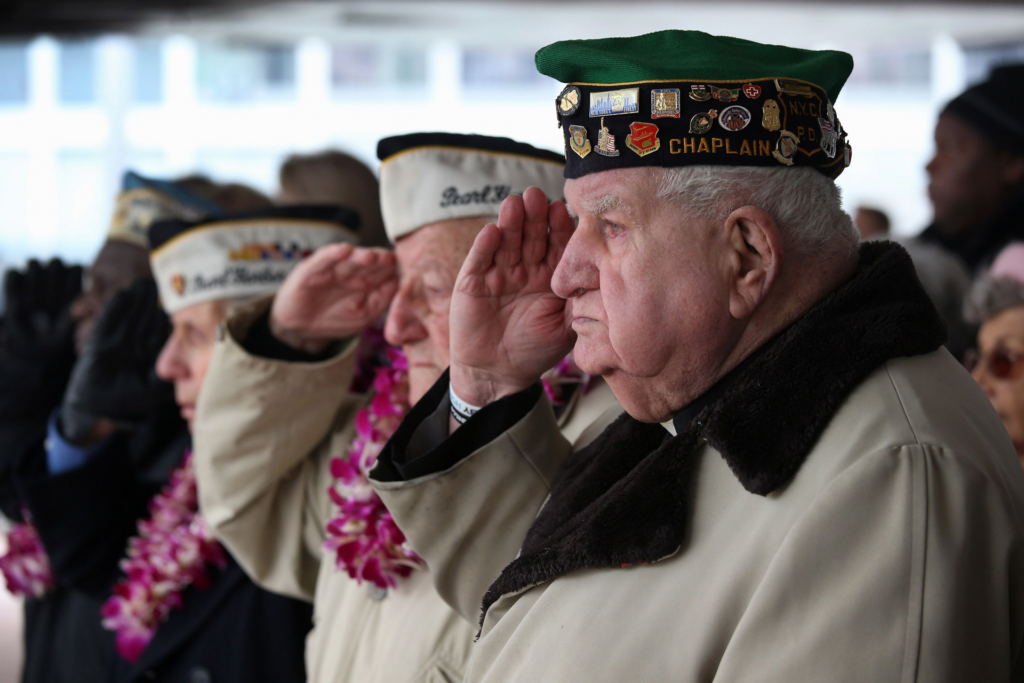
History of Veterans Day – Veterans Day Expands…
In 1945, World War II veteran Raymond Weeks from Birmingham, Alabama, had the idea to expand Armistice Day to celebrate all veterans, not just those who died in World War I. Weeks led a delegation to Gen. Dwight Eisenhower, who supported the idea of National Veterans Day. Weeks led the first national celebration in 1947 in Alabama and annually until his death in 1985. President Reagan honored Weeks at the White House with the Presidential Citizenship Medal in 1982 as the driving force for the national holiday. Elizabeth Dole, who prepared the briefing for President Reagan, determined Weeks as the “Father of Veterans Day”.
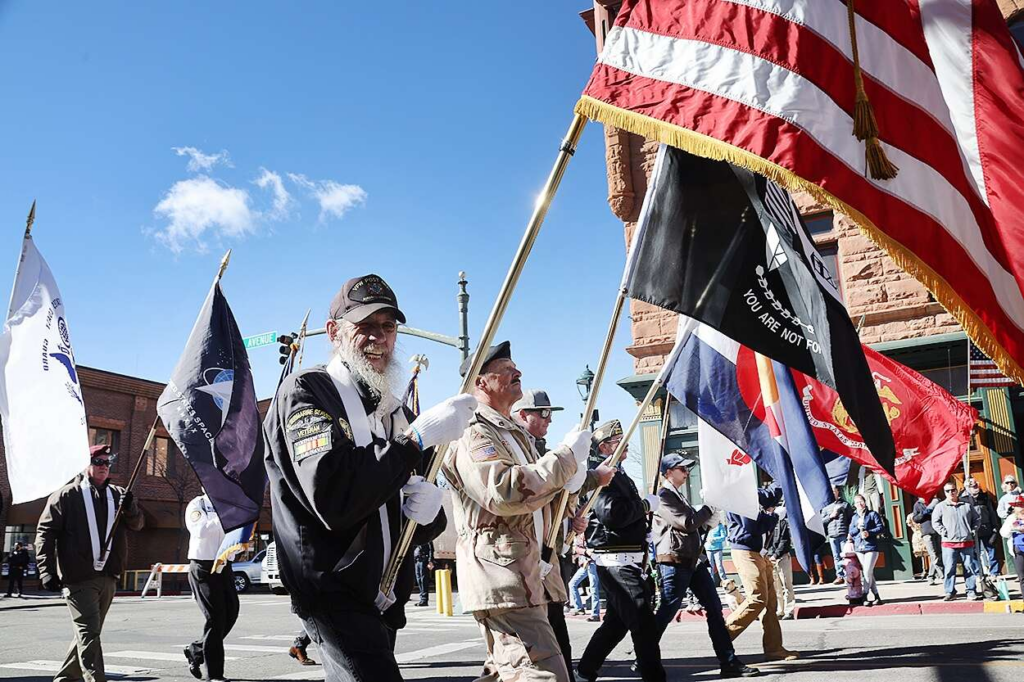
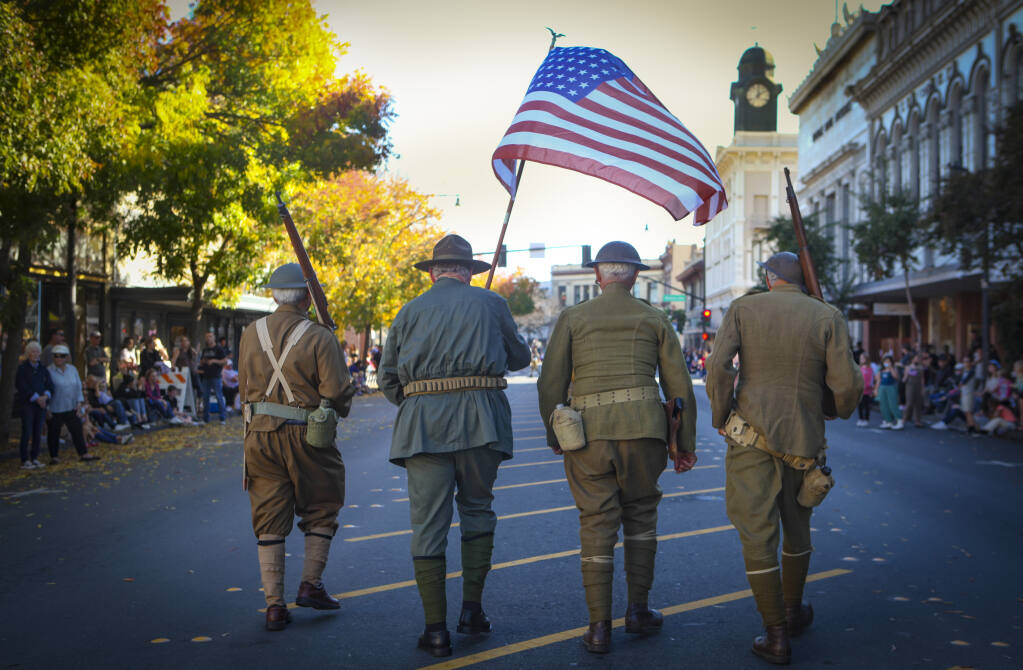
For More on the History of Veterans Day, Follow this link…
5 Facts to Know About Veterans Day > U.S. Department of Defense > Story


